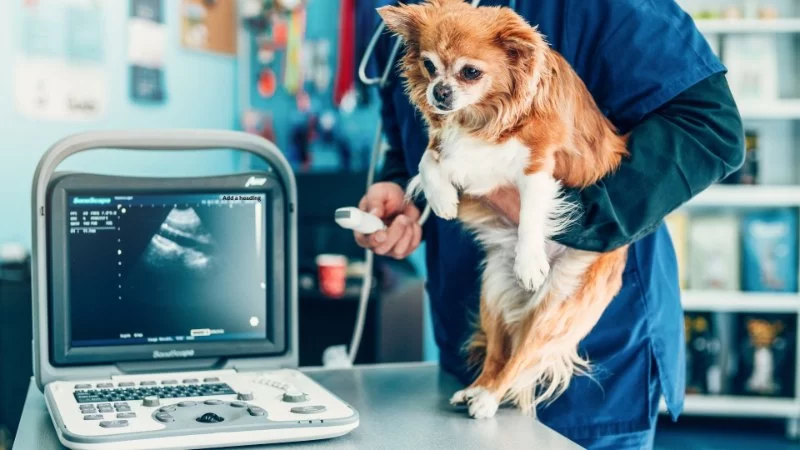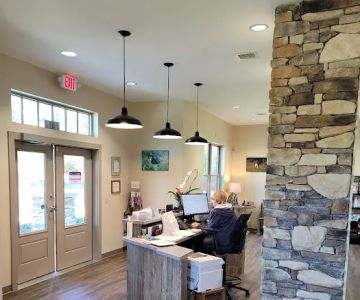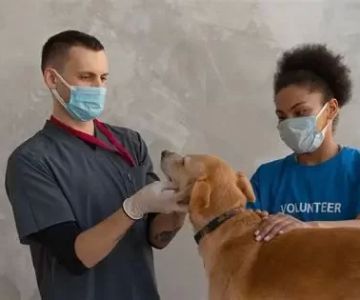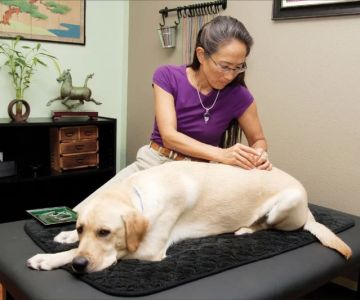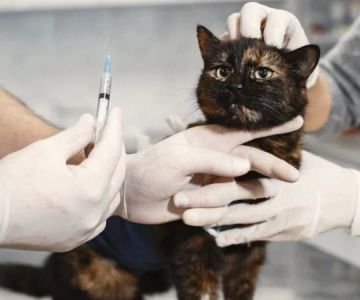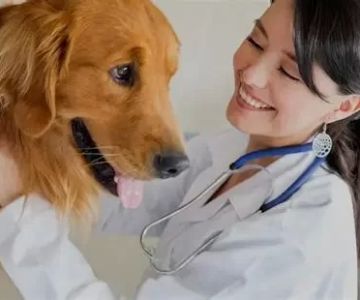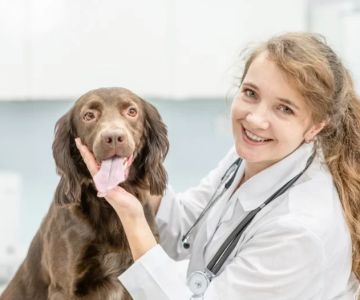How to Become a Veterinary Radiologist: A Complete Career Guide for Future Imaging Experts
- what-exactly-is-a-veterinary-radiologist - What Exactly Is a Veterinary Radiologist?
- start-with-the-right-foundation-in-undergrad - Start with the Right Foundation in Undergrad
- earn-your-dvm-degree - Earn Your DVM Degree
- get-clinical-experience-and-complete-an-internship - Get Clinical Experience and Complete an Internship
- radiology-residency-your-most-intensive-step - Radiology Residency: Your Most Intensive Step
- certification-and-specialization - Certification and Specialization
- what-working-as-a-veterinary-radiologist-is-really-like - What Working as a Veterinary Radiologist Is Really Like
- should-you-become-a-veterinary-radiologist - Should You Become a Veterinary Radiologist?
1. What Exactly Is a Veterinary Radiologist?
Before diving into how to become a veterinary radiologist, it's important to understand what they do. A veterinary radiologist is a board-certified specialist who interprets diagnostic images like X-rays, ultrasounds, MRIs, and CT scans in animals. They’re the behind-the-scenes experts who detect internal problems that general vets may miss.
This role is increasingly vital in modern vet medicine, especially as pet owners seek more advanced diagnostics. It requires a solid foundation in both general veterinary care and advanced imaging technology. The road is long—but rewarding if you’re fascinated by technology and animal anatomy.
2. Start with the Right Foundation in Undergrad
Like all veterinary paths, it starts with your undergraduate degree. Most veterinary radiologists begin by majoring in biology, animal science, or a closely related field. You’ll need to complete prerequisite courses in organic chemistry, physics, anatomy, and microbiology.
Because radiology is highly technical, physics and math skills come in handy—especially in understanding how imaging machines work. Don’t forget to gain hands-on experience through internships or volunteer roles in veterinary clinics, which can make your vet school application stand out.
3. Earn Your DVM Degree
After undergrad, the next step in becoming a veterinary radiologist is to earn your Doctor of Veterinary Medicine (DVM) degree. This typically takes four years and includes classroom work and clinical rotations.
While in vet school, you’ll study everything from pathology to surgery, but keep an eye out for opportunities to explore diagnostic imaging. Some schools even offer elective radiology tracks or externships in veterinary imaging labs—take full advantage.
4. Get Clinical Experience and Complete an Internship
Once you graduate with your DVM, the journey is still far from over. To become a veterinary radiologist, you’ll need to complete a one-year rotating internship. This is where you gain exposure to various specialties, including radiology.
This step is both a test and a stepping stone. A good internship not only strengthens your skills but also builds connections that can help you land a competitive radiology residency slot. Make sure to seek mentorship from specialists during this phase.
5. Radiology Residency: Your Most Intensive Step
The radiology residency is the most focused and grueling part of how to become a veterinary radiologist. These programs usually last 3 to 4 years and involve deep, hands-on training in all forms of diagnostic imaging.
You’ll spend hours reading scans, writing reports, attending case rounds, and possibly even teaching junior students. Residents work closely with board-certified radiologists and may also conduct research or publish papers. This is where you truly evolve from a generalist to a specialist.
6. Certification and Specialization
After your residency, you’ll need to pass rigorous board exams to earn certification from the American College of Veterinary Radiology (ACVR) or a similar recognized body. These exams are challenging and test both theoretical knowledge and clinical judgment.
Once certified, you are officially a veterinary radiologist. From here, you can work in universities, specialty clinics, private practices, or even in telemedicine, interpreting images remotely. Some radiologists also sub-specialize in areas like MRI or interventional radiology.
7. What Working as a Veterinary Radiologist Is Really Like
If you enjoy solving puzzles, you’ll love this job. Most of your work will involve reviewing images, writing detailed reports, and consulting with other vets. You might not interact with pet owners daily, but you’ll play a vital role in nearly every serious case.
One veterinary radiologist, Dr. Jenna Myers, shared her experience: “I get to look deeper—literally—into animals’ bodies to find answers. It’s like detective work. I collaborate with surgeons, oncologists, and internal medicine specialists every day.”
8. Should You Become a Veterinary Radiologist?
Becoming a veterinary radiologist takes about 11 to 13 years total: 4 years undergrad, 4 years vet school, 1 year internship, and 3–4 years residency. It's a long haul—but if you're fascinated by imaging and diagnostics, it’s one of the most intellectually stimulating roles in vet med.
If you're ready to commit to this path, begin today by researching schools, connecting with vet imaging professionals, and exploring preparatory resources. Whether you're just dreaming or already in vet school, understanding how to become a veterinary radiologist puts you one step closer to making it real.
Looking to take your first step? Explore professional resources and radiology support tools designed for aspiring imaging specialists. With the right plan and the right tools, your journey starts now.

